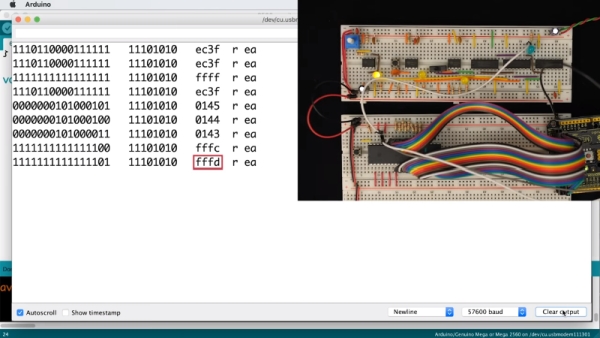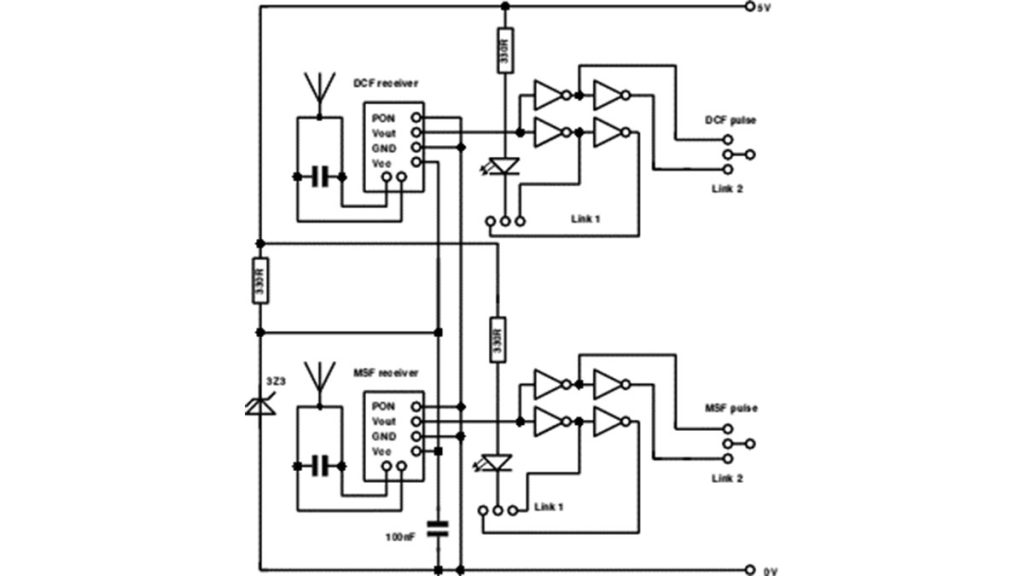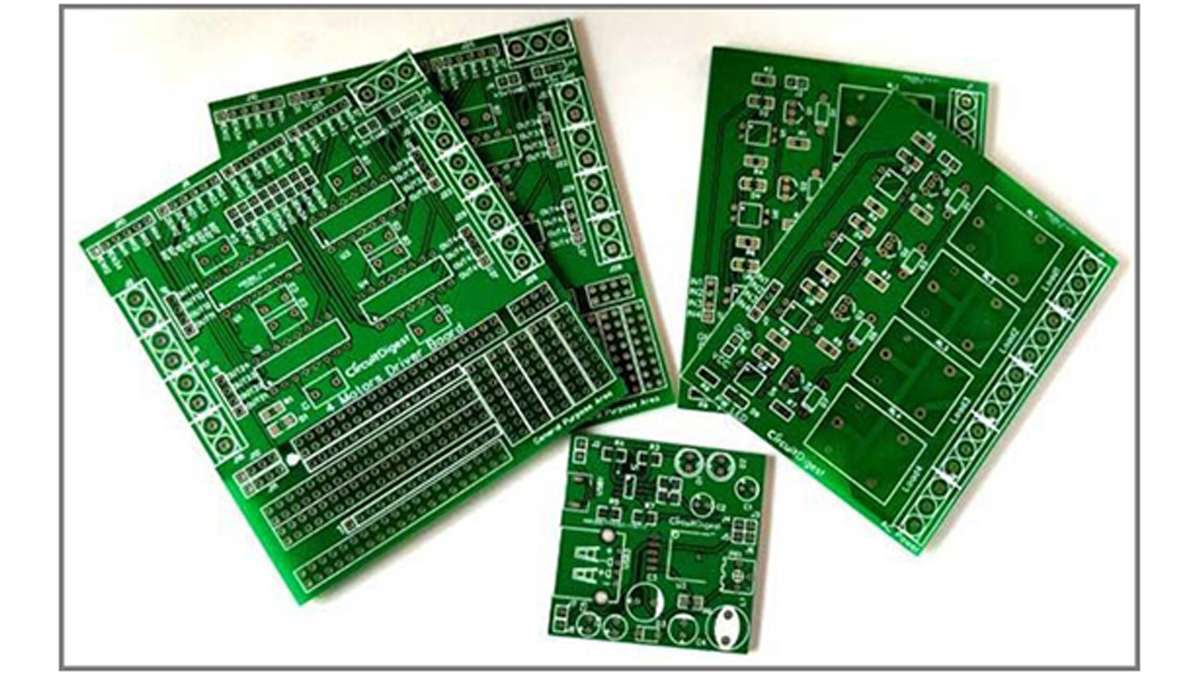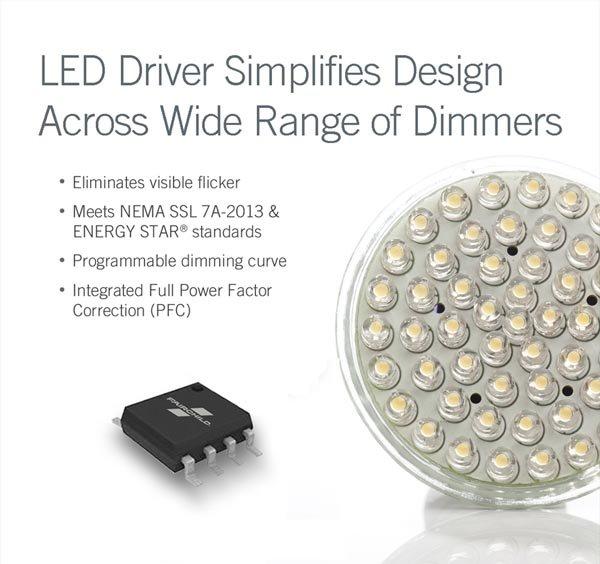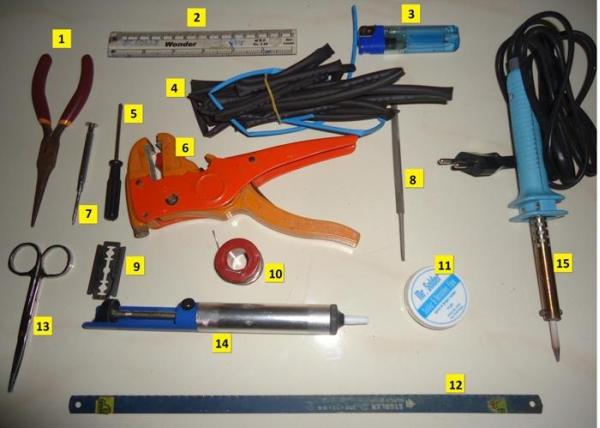64 KEY INFRARED REMOTE CONTROLLER USING PT2222M – NEC CODE
64 channels Infra-Red Remote Transmitter circuit build around PT2222M IC, The IC is pin to pin compatible with NEC uPD6122 respectively, the remote is capable of controlling 64 functions keys and 3 double keys. The PT2222M Infra-red remote control transmission ICs using the NEC transmission format that is ideally suited for TVs, DVD Players, Audio […]
64 KEY INFRARED REMOTE CONTROLLER USING PT2222M – NEC CODE Continue Reading



